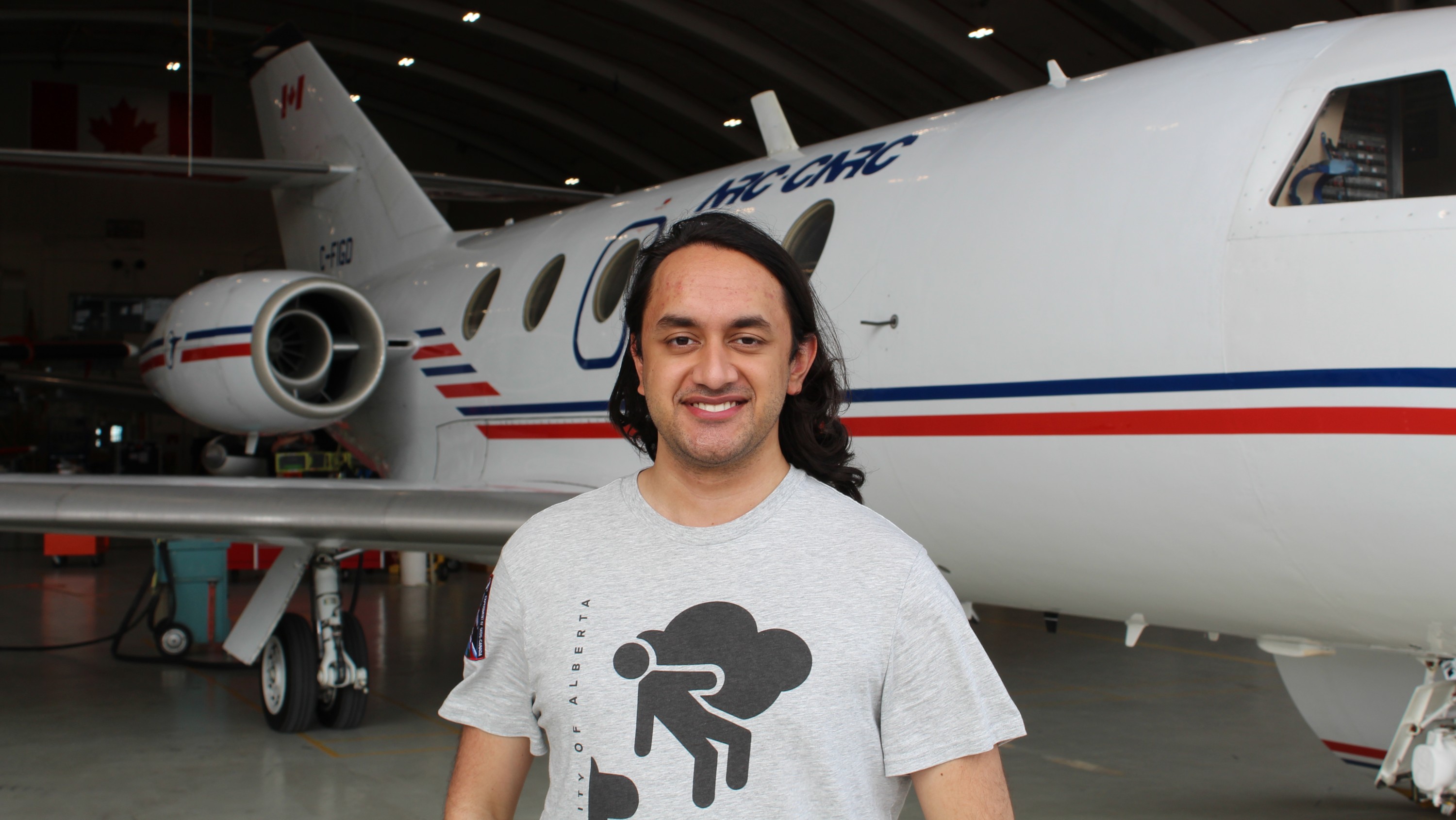Even as a student at Strathcona High School back in 2014, Kirtan Dhunnoo had a keen understanding of the potential for leadership in each of us.
“Not only are there leaders by labels, but there are leaders by virtue of their widely different personalities,” he wrote in his application for a Schulich Leader Scholarship.
“I feel that anyone has the ability and capacity to rise up to the challenge and start a fundraiser, for example. All that matters is that the person in question builds on their individual strengths and uses them to become a unique leader.”
That sage insight — along with sterling marks, a history of leadership and a desire to reach for the stars — propelled Dhunnoo to earn the Schulich scholarship that same year.
“In an instant, the Schulich allowed me to not have to worry about the financial burden of engineering school and focus on building not only my skills but experiences as well,” he said.
This year marks the 10th anniversary of when Canadian business leader and philanthropist Seymour Schulich created the Schulich Leader Scholarships to secure Canada's future economic competitiveness and ensure that future Canadian leaders are among the next pioneers of global scientific research and innovation. Values range from $80,000 for students studying science to $100,000 for those in engineering.
During his University of Alberta mechanical engineering undergraduate degree, he joined AlbertaSat, the U of A’s space satellite club, which first made headlines in 2017 when it created Alberta’s first satellite, Ex-Alta 1.
Dhunnoo walked through AlbertaSat’s doors shortly after that first satellite was shot into orbit and began work on Ex-Alta 2.
As part of the mechanical team, he worked on early structural analysis and computer-aided design for the satellite, making sure it was strong enough and that everything needed could fit inside.
He also did some coursework pertaining to the cubesat's mechanical testing, and did his final-year engineering capstone project on the mechanisms for Ex-Alta 2's deployable solar panels — a critical feature in ensuring the satellite has ample power to perform all its functions once in orbit.
“Our capstone group's design ended up winning and becoming the baseline design for these mechanisms that will fly and perform on the satellite in space,” he said.
Additionally, Dhunnoo represented AlbertaSat as a payload team member at CaNoRock-16 at Andøya Space Centre in Norway, a mechanical team member on the INSPIRESat program at CU Boulder in the summer of 2019, and at the International Astronautical Congress 2019 in Washington, D.C.
Having completed his mechanical engineering degree in 2020, Dhunnoo is now employed as a junior mechanical engineer with MDA, the space technology company behind the Canadarms—including Canadarm3, which he is involved with.
Recently, Dhunnoo, who is still a project manager with the U of A Space Design Group, boarded the National Research Council of Canada's Falcon 20 parabolic aircraft to help in a U of A-designed experiment testing samples of bioengineered knee cartilage in reduced gravity.
And although Dhunnoo now lives in Toronto, he still remembers sitting in high school and getting news of the scholarship.
“All these experiences that I was able to do, because finances weren't that big of a priority anymore, helped me gain the position I have now — directly working on these leading-edge space projects that will take humanity farther than before.”
